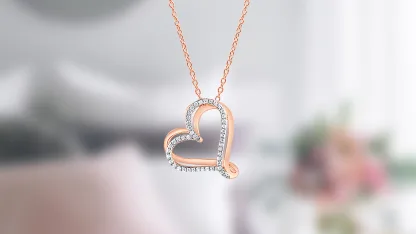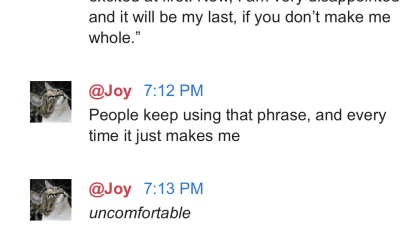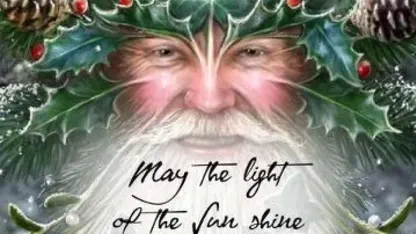Diamond Muse 1/4 ct. Diamond Heart Shaped Pendant
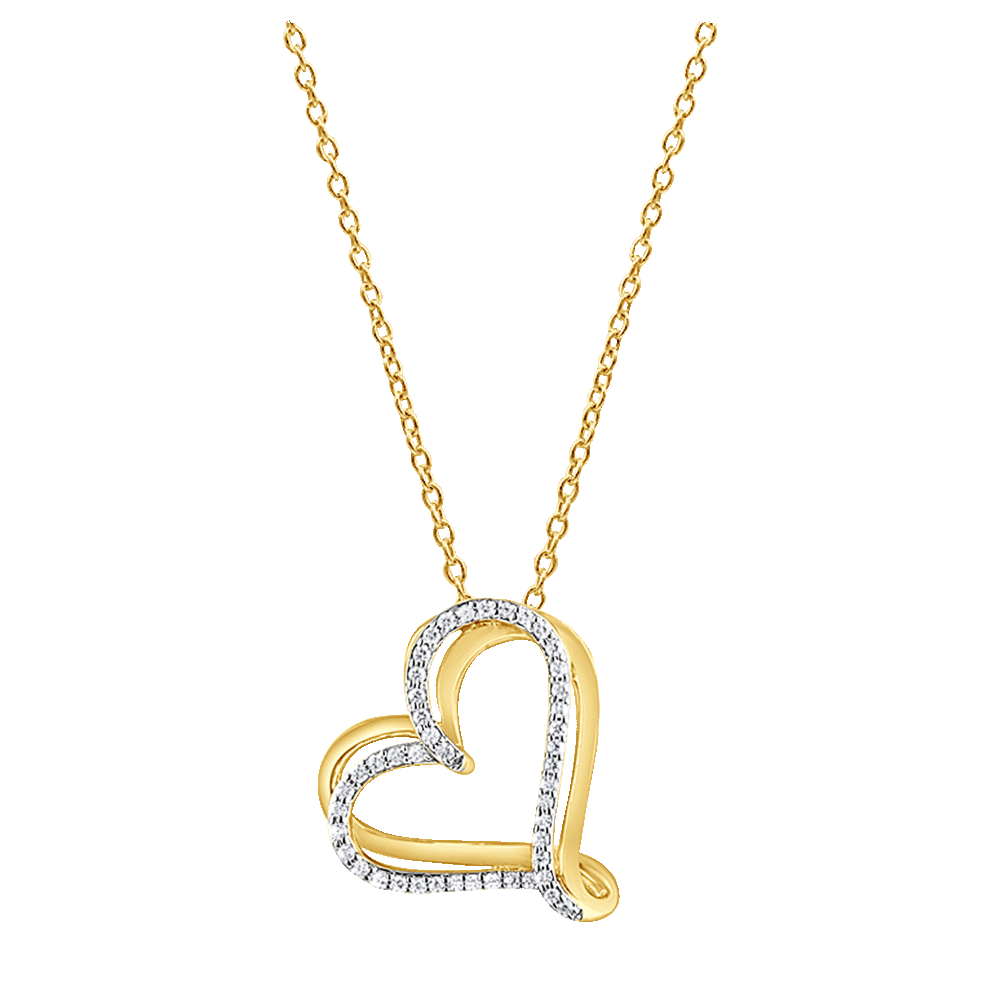
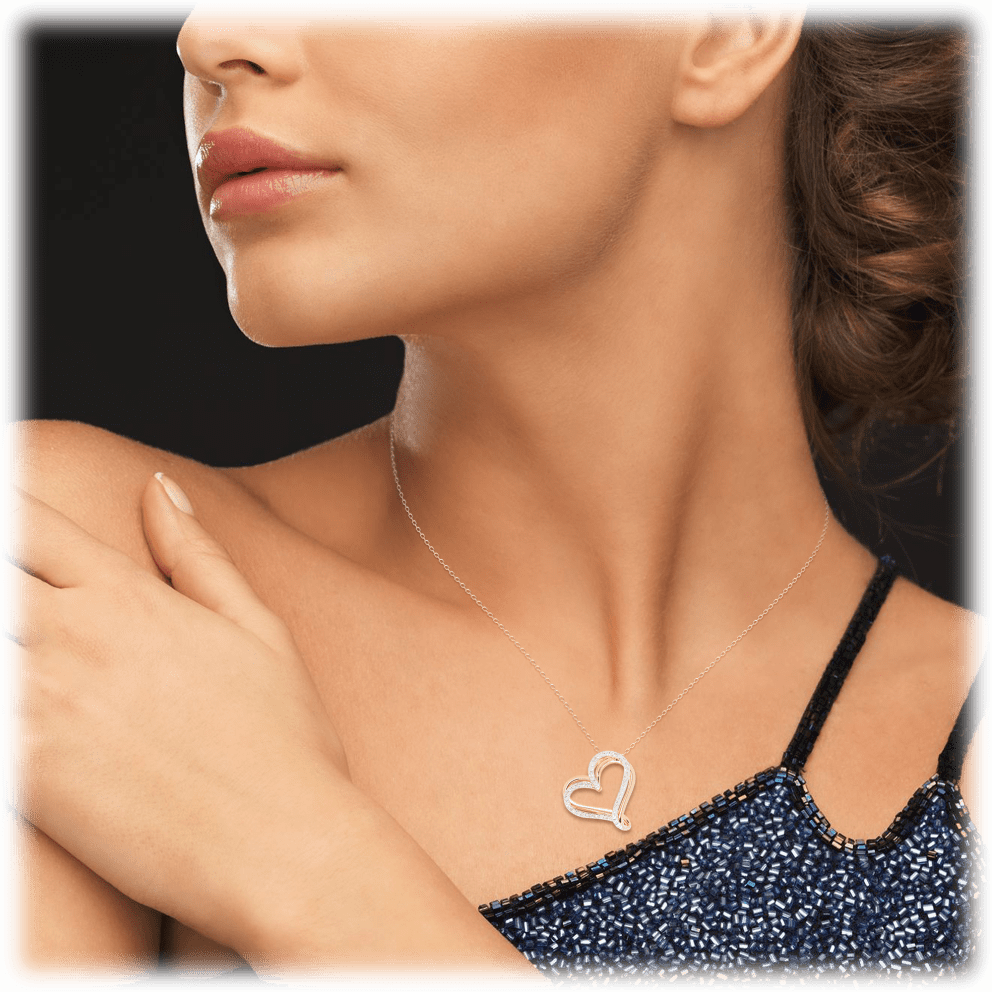


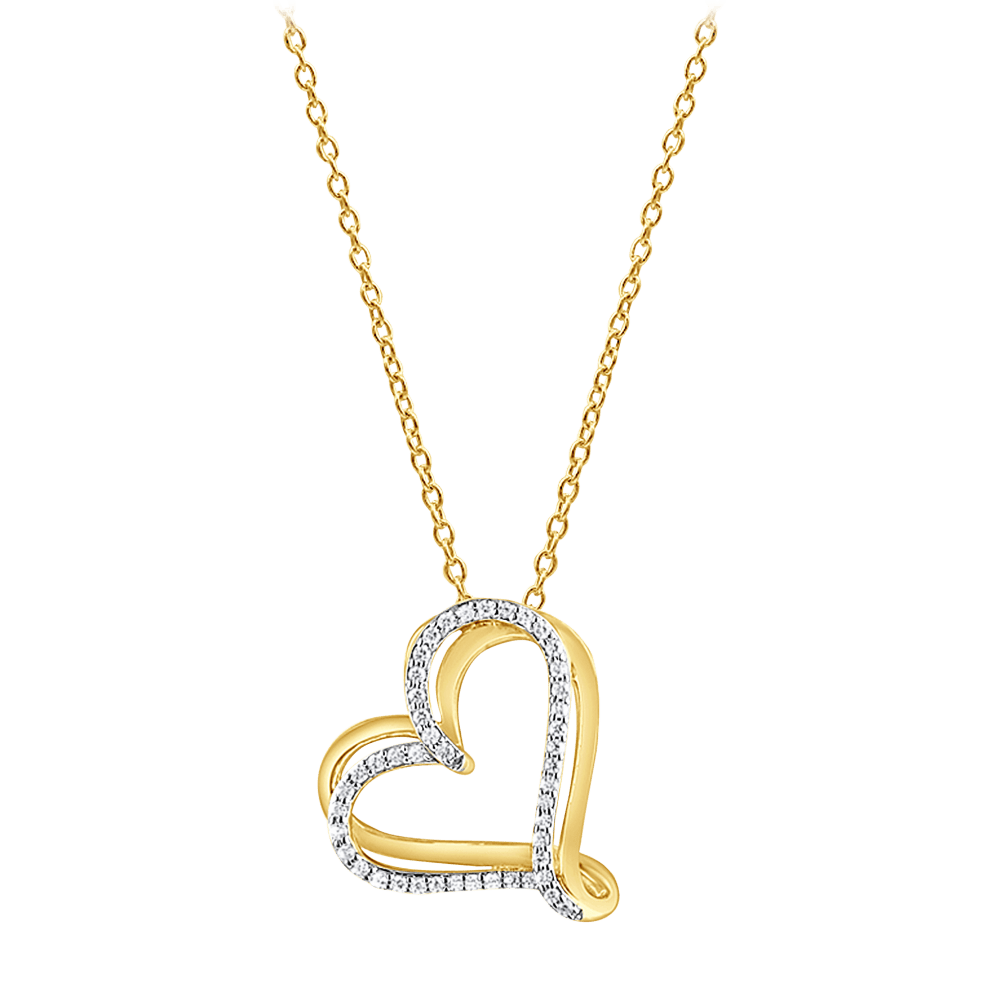



Our Take
- You got your sterling silver
- You got your variety of finishes
- You got your real-deal diamonds
- You got your heart shape
- And good(ish) news: it SHOULD arrive by Valentine’s Day (we wish we could be more comfortable guaranteeing it, but yowza, these winter storms have been rough)
- Model: KP28427-DPSC, KP28427-DWSC, KP28427-DYSC, though it should really be H34RT-5H4P3D-80X
Love To Learn
Let’s just get the details right out of the way: this is a stunning little diamond pendant that comes in a variety of finishes. Its chain is genuine sterling silver, and the diamond accents are authentic. Similar items run for $60 more on Amazon, and, last but definitely not least, it should arrive by Valentine’s Day. (We’re a little worried about things slowing down with the crazy blizzard that just rolled through the Northeast. If it gets off schedule? Well, a gift a day or two after Valentine’s Day ain’t so bad, right?)
And that’s about all there is to say here, really. It’s the blessing and the curse of having to write copy about jewelry. You can talk materials and shine all you want. At the end of the day, though, someone’s going to look at the pictures of this thing and either buy it for their loved one (or themselves), or not.
So what should I use this space for?
How about a neat little lesson!
See, I started to wonder, why does the shape of the “love heart” look so different from that of an actual heart? So I Googled it. And since this is the internet, I found about 2 billion results. The top one was this simple, straightforward write-up from Matt Soniak over at Mentalfloss.
In it, he states:
The symbol goes at least as far back as the 1400s, when it appeared on European playing cards to mark one of the red suits, though it may even be older than that.
Which a) makes sense, because duh, cards, but also b) is slightly surprising, given how so many things that feel totally ingrained in society can be traced back to, like, some ad exec in Cleveland trying to sell refrigerators in the 1950s or something.
At any rate, when someone tells you this is a timeless symbol, they mean it.
As for where it comes from, Soniak outlines a few different theories, all of which are inconclusive. One potential idea: the “Sacred Heart of Jesus,” which depicts the classic heart shape surrounded by thorns. This, though, is derived from a vision experienced by Saint Margaret Mary Alacoque in the late 1600s, so while it likely helped popularize the shape, it can’t really be the origin.
Other theories are simpler. The shape looks like, well, let’s just say any number parts/regions of the body commonly involved in acts of love and passion. An even simpler explanation? Shitty artistry:
It may even have come from a poor attempt at drawing an actual heart. A lousy artist, an inaccurate description of the subject, or a malformed model all could have led to that shape.
But these theories are BORING! Which is why I prefer this:
One suggested origin for the symbol is that it comes from the ancient African city-state of Cyrene, whose merchants traded in the rare, and now extinct, plant silphium. The plant was used to season food, but doubled as a contraceptive. A silphium seedpod looks like a valentine’s heart, so the shape became associated with sex, and then with love.
How cool is that?! A long-gone method of birth control from a long-gone civilization!
So get your Valentine a silphium pendant, and celebrate like the Cyreneans did. Or just make dinner and watch a movie or whatever. It’s up to you.

